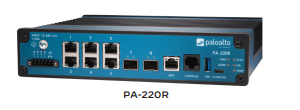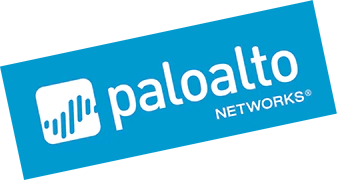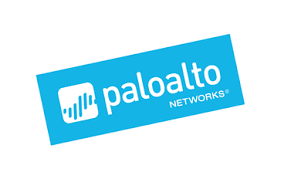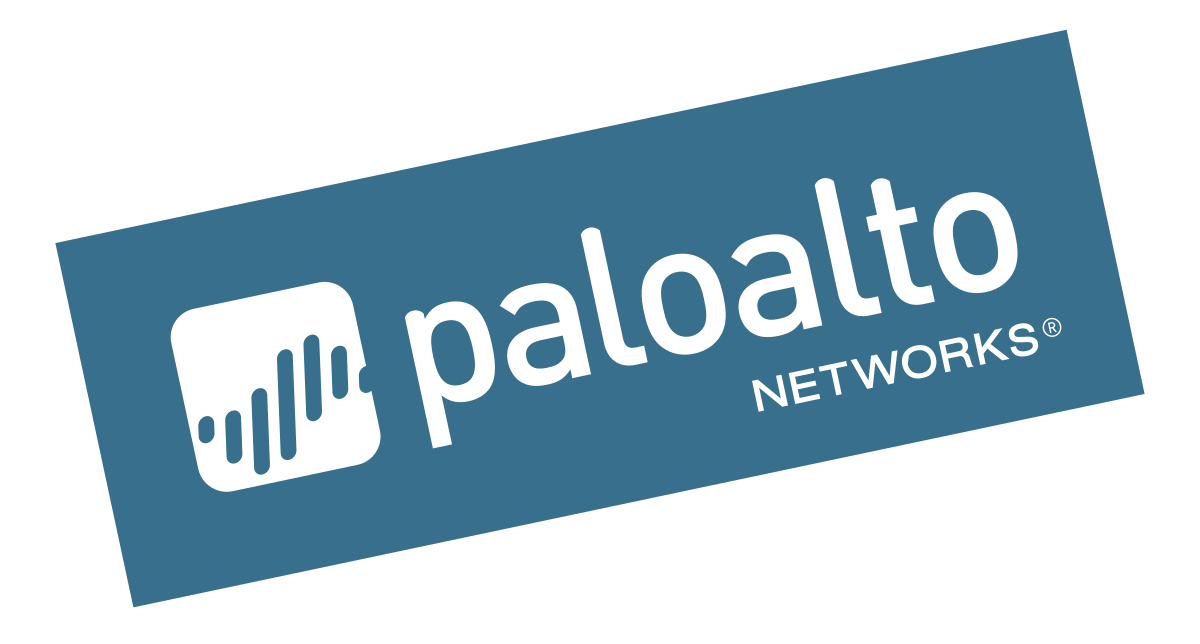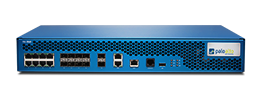
BAKOTECH
https://bakotech.com/
Information Technology
Description
BAKOTECH® Group is a flagship in Value Added IT Distribution, operating in the following markets via local offices:
- BAKOTECH Baltics Latvia, Lithuania, Estonia
- BAKOTECH CZ& SK Czech Republic, Slovakia
- BAKOTECH Poland Poland, Romania, Hungary, Bulgaria and Balkans
- BAKOTECH Ukraine & CIS Ukraine, Moldova, Armenia, Azerbaijan, Georgia
Supplied products
Partnership with vendors
Vendor | Partner status | Country | Partner types |
|---|---|---|---|
| Palo Alto Networks | Distributor | Republic of Azerbaijan, Ukraine |
